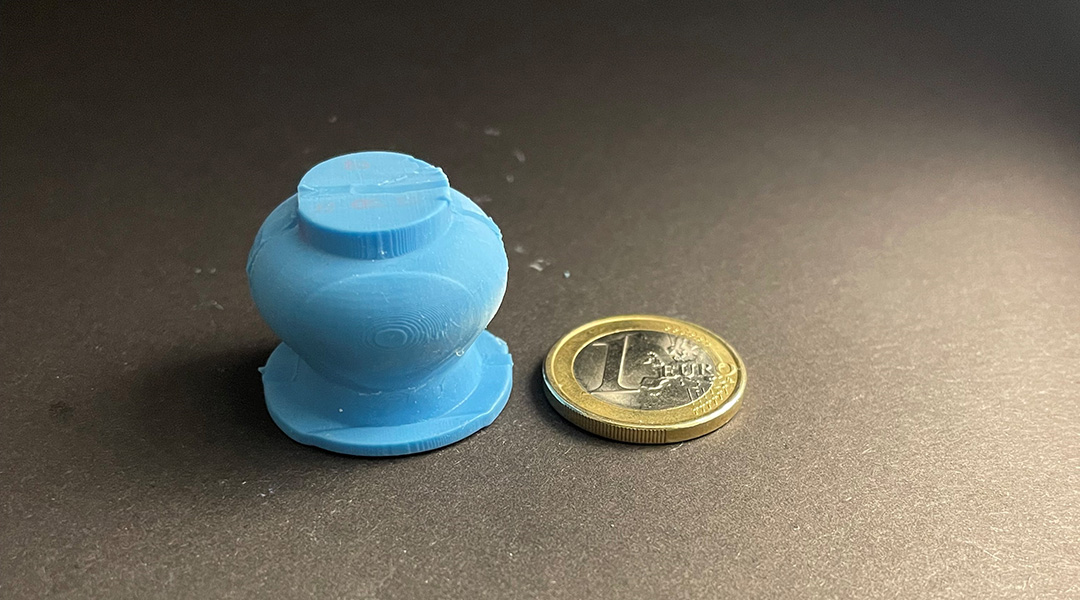Taking cues from leeches, scientists have developed a blood sampling device that avoids the dreaded needle.
“Drawing inspiration from the structure and anatomy of leeches, we considered how these creatures attach to their hosts, bite through the skin, and efficiently extract a large volume of blood in a relatively short time thanks to the generation of hypobaric pressure,” explained Nicole Zoratto, researcher at ETH Zürich, Switzerland, and lead author of this work in an email.
According to Zoratto’s study, approximately 70% of medical decisions are based on results obtained from blood samples. But the experience of having blood taken can be harrowing for some, with almost one third of patients reporting a needle phobia, which may lead to many avoiding necessary medical treatments.
Although still currently in testing, the team hope that one day their new device could be used in needle phobic children or adults, and will be widely accessible in low-and-middle countries. “The device boasts simplicity and cost-effectiveness […] to provide access to a reliable and cheap diagnostic,” Zoratto added.
Traditional blood sampling, where blood is withdrawn directly from the vein, also requires both trained individuals and safe disposal of used needles. In the USA alone, over 10% of needle stick injuries are related to blood withdrawals and pose a serious infection risk to healthcare staff.
Such problems are even more profound in resource-limited settings. With their new leech blood sampler, Zoratto and her team hope to address these current shortcomings.
Say goodbye to painful needles
Using suckers, leeches attach to their host and, unlike needles, painlessly penetrate the skin with their minute teeth, releasing anticoagulant saliva to stop blood clotting. They then swallow to create negative pressure that aids the suction of blood.
Mimicking these features, the team designed a suction cap with 20-30 tiny microneedles inside, imitating leech’s teeth, and a storage compartment containing an anticoagulant that prevents blood clotting.
The suction cup, designed to be placed on the upper arm, creates pressure to draw capillary blood found in small vessels located near the skin’s surface. Zoratto explains that unlike some other technologies, their device, by design, does not contain complex components, such as microfluidic channels, making its future manufacturing simpler and cheaper.
“The simple design of our device does not involve expensive microfluidics components, allowing its fabrication without the need for high-tech production plants,” she said. “The simple fabrication together with the inexpensive materials may lower production expenses.
“We hope that this may, in turn, facilitate the establishment of manufacturing plants even in resource-constrained settings, ensuring a steady global supply chain even in less developed countries.”
The idea is that after sampling, the device can be securely packaged and sent to a laboratory for analysis. Alternatively, the team have designed the device for easy integration with standard point of care kits for rapid testing and detection of diseases, like malaria or HIV.
“The device described in the paper is an initial prototype, […], several optimization steps for the devices are required, and their safe use must be evaluated first. Additionally, these studies are complex and expensive,” remarked Zoratto. In a press release provided by ETH Zurich, the group indicates they’re seeking a partner for more funding to support such studies.
The device was found to be safe in animal models, but more is needed in terms of clinical testing. Although Zoratto wasn’t able to provide more details, she says the next iteration of the device will be biodegradable.
“We are currently working on a fully biodegradable version of our device to tackle […] waste disposal,” she added.
Reference: Nicole Zoratto, et al., A Bioinspired and Cost-Effective Device for Minimally Invasive Blood Sampling, Advanced Science (2024) DOI: 10.1002/advs.202308809














